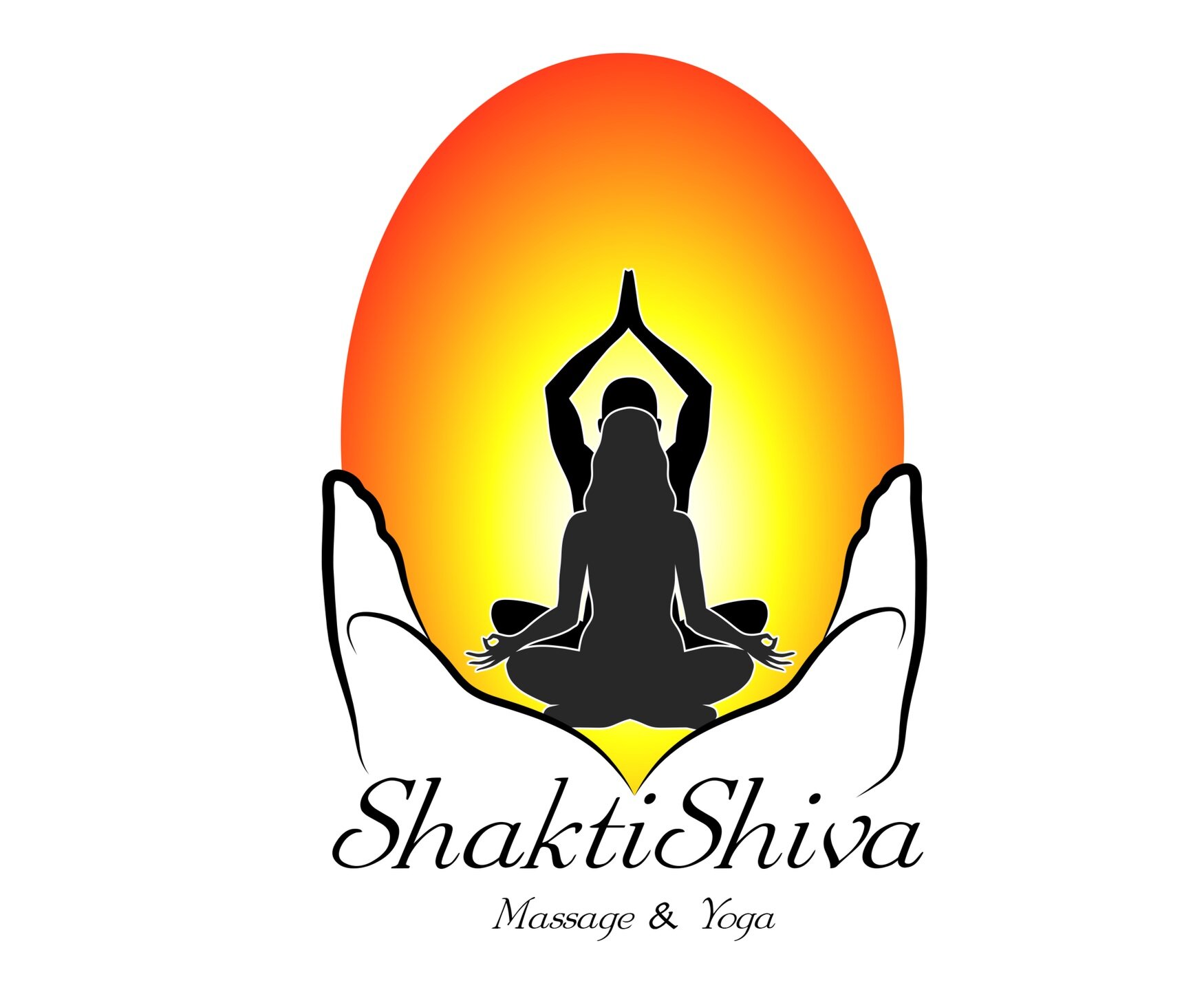Ayurveda is the oldest form of healing. It has been around for 5000 years and developed as a preventative medicine focusing on maintaining balance rather than what we see primarily in todays society, a more passive approach that focuses on treating illness and disease.
Ayur translates to life, veda to science. Ayurveda is the science of life. Followers of this healing science equate health to balance in lifestyle, diet, environment, and thoughts. In other words, what we do, eat, think, where we live, the climate, the people we surround ourselves with, how active we are all help determine how to remain balanced in our lives, AKA healthy. It is holistic and unique to each and every individual as we always look at the whole life and yet each person is completely different. There is no one textbook way to balance everyone.
So, how does this all work?
Ayurveda believes everything in nature has specific qualities: heavy, hard, liquid, soft, hot, sharp, light, mobile, clear, pervading, etc. They group similar qualities together into 5 categories, the 5 Elements: Earth (qualities of solidity), Water (qualities of fluidity), Fire (qualities of transformation), Air (qualities of movement), Ether (qualities of space). We, as humans, are apart of nature so we have all 5 of these categories within us which makes up our constitution. Our constitution, like a fingerprint, is unique to you. We all have different levels of these categories.
If the Elements are qualities from Nature, our Doshas; Vata, Pitta, Kapha; explain the interplay of these elements within us and describe our physiology and psychology. Similar to the 5 Elements, we are made of all 3 Doshas, just at different levels. Vata is the Dosha of movement combining the energies of Ether and Air. Pitta, the Dosha of Transformation, combines Fire and Water, and Kapha combines Water and Earth to make the Dosha of Structure.
Vata Basics:
- Movement, breath, muscles
- all tissues, heart
- Balanced: creativity and flexibility; Imbalanced: fear/anxiety
Pitta Basics:
- That which breaks things down
- all transformation, metabolism, assimilation
- Balanced: understanding, intelligence; Imbalanced: anger, hatred, inflammatory illnesses
Kapha Basics:
-Cohesion, lubrication, moisturizes, maintains immunity
- Balanced: expressions of love, calmness, forgiveness, or attachment
- Imbalanced: greed, possessiveness, congestion
Ayurveda uses the knowledge of your constitution (the elements you are made of) to determine what is needed for balance, for health. The way we live our lives, the food we eat, the thoughts we have either takes us toward or away from balance, but maintaining balance is harder than it sounds. Ayurveda believes in the Law of Continuity, or like follows like, which means if you are Vata you enjoy doing Vata like things, so you continue doing more Vata things; however, too much of one thing is never good so you need to incorporate Pitta and Kapha to maintain balance. The hard part comes when determining when too much of a good thing is too much.
Curious about what Dosha you are? Take this quiz to find out: The Ayurveda Experience - Dosha Quiz
I hope this was a good introduction to Ayurveda but there is so much more. I focused on some of the basics, but I plan to go further in next months blog diving deeper into the Doshas and how the climate, the food we eat, and thoughts we think affect our balance.





